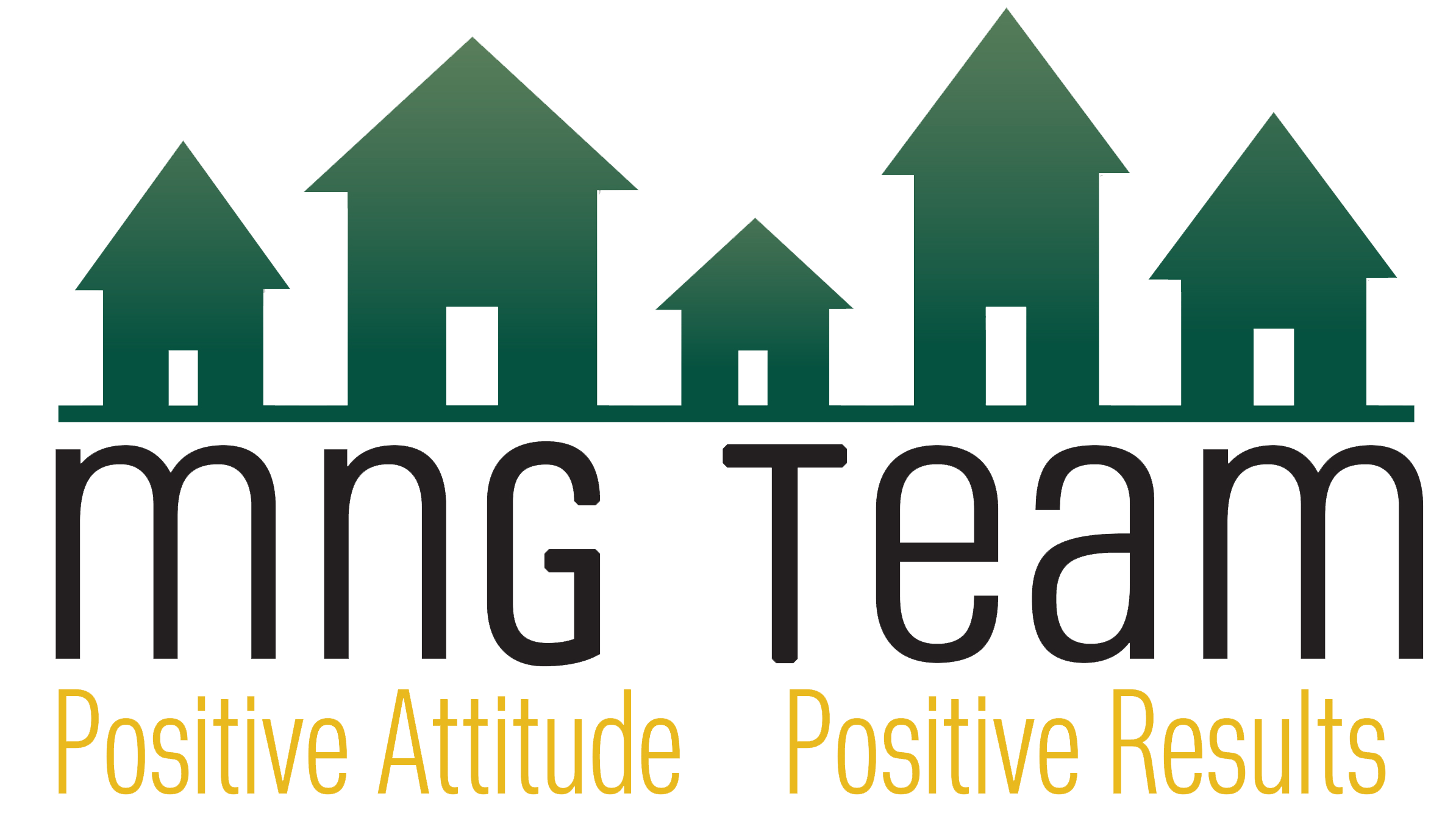Underbidding Remains Prevalent in the GTA Housing Market
The Greater Toronto Area (GTA) real estate market has been experiencing a significant trend in underbidding, with a notable increase in activity over the past year. This phenomenon, characterized by offers coming in below the asking price, has become increasingly common across the region. In this article, we will delve into the dynamics of underbidding in the GTA, comparing and contrasting the activity in previous months of 2023 and examining how it contrasts with the real estate market in January 2024.
In January 2024, the share of GTA neighbourhoods in underbidding territory remained high, with 98% of neighbourhoods experiencing this trend. This percentage has remained unchanged from the previous month, marking the eighth consecutive month of stable or increasing underbidding activity. Moreover, January tied with December 2023 for the highest share of underbidding neighbourhoods recorded since tracking began in July 2022.

The methodology for determining underbidding territory involves comparing the differences between median list and sold prices. Neighbourhoods with fewer than five transactions in a given month are excluded from the analysis. This evaluation revealed that only 55 of the approximately 400 GTA neighbourhoods were evaluated in January, indicating robust real estate activity.
To understand the evolution of underbidding trends, let's examine the data from previous months in 2023. In November 2023, about 93% of the region's neighbourhoods were in underbidding territory, a sharp increase from 81% in October. This marked the sixth consecutive month of climbing underbidding activity. Similarly, September 2023 saw 74% of neighbourhoods in underbidding territory, reflecting a significant trend in reduced competition among homebuyers.
Moreover, the top underbidding neighbourhoods tended to be more expensive, aligning with the observation that higher-priced properties often attract fewer qualified buyers. This trend persisted throughout the year, indicating a consistent pattern in the GTA real estate market.
In contrast to the underbidding trend observed throughout 2023, the real estate market in January 2024 maintained its stability, with underbidding activity remaining unchanged from the previous month. However, the high percentage of neighbourhoods in underbidding territory indicates a continuation of the prevailing trend, suggesting that the market dynamics driving this phenomenon have not shifted significantly.
Several factors contribute to the prevalence of underbidding in the GTA real estate market. One key factor is the impact of interest rates, with higher rates influencing buyer behavior and affordability. The stabilization of interest rates in recent months has provided buyers with greater purchasing power and increased flexibility in negotiating favorable terms.
Additionally, seasonal factors play a role in bidding activity, with winter months typically experiencing reduced competition and fewer bidding wars. Sellers' behavior, such as listing properties below their true value to incite bidding wars, can also influence underbidding trends.
For homebuyers, widespread underbidding presents both challenges and opportunities. While reduced competition can lead to lower sale prices and the potential for securing a better deal, it also requires careful consideration and understanding of market dynamics. With greater selection and fewer competing offers, homebuyers have the opportunity to explore their options and negotiate favorable terms.
Underbidding has emerged as a significant trend in the GTA real estate market, with high percentages of neighbourhoods experiencing this phenomenon. The stability of underbidding activity in January 2024 reflects ongoing market dynamics and buyer behavior influenced by factors such as interest rates and seasonal variations. While underbidding presents challenges for sellers, it also provides opportunities for savvy homebuyers to navigate the market and secure favorable deals. As the real estate landscape continues to evolve, understanding underbidding trends and their implications is essential for both buyers and sellers in the GTA.
The Numbers Speak
November paints a different canvas, with underbidding activity hitting its highest note for the year at 93%. A dramatic increase from October, this shift sparks intrigue. Wahi's report tells us that 239 out of 256 evaluated neighborhoods were in underbidding territory, with only one playing it safe at asking price and a mere 16 daring to venture into overbidding territory.

Benjy Katchen, Wahi's CEO, chimes in on the symphony of market dynamics. "The effects of higher interest rates are being felt," Katchen notes, highlighting the influence of external factors on the GTA real estate stage. However, a silver lining emerges as he suggests, "now could be a great time to potentially purchase a home."
November's underbidding leaderboard features a Halton Region takeover, with four out of five top underbidding neighborhoods finding their place there. A trend observed in previous months, higher median prices in these areas seem to create a selective pool of buyers, as Katchen explains.

Contrasting the underbidding drama, October saw seven percent of GTA neighborhoods daring to embrace overbidding territory. Markham and North York took the lead, offering competitively priced properties in the range of $1,000,000 to $1,600,000.
Westbrook in Richmond Hill witnessed homes selling at an average of 14% above asking, while Markham's Greensborough neighborhood commanded a 10% premium. The diversity in the GTA's real estate landscape shone through as neighborhoods like Bayview Woods-Steeles, Kedron, and Wismer experienced strong demand.

To fully comprehend the underbidding and overbidding rollercoaster, we must turn our attention to active listings. October 2023 unveiled a 50.1% year-over-year increase, marking ten consecutive months of a staggering 124.8% rise. This surge sheds light on the market's current state and its profound impact on bidding trends.
The surge in active listings hints at a substantial supply of properties, creating an environment conducive to underbidding. With more options on the table, buyers feel less compelled to meet or exceed asking prices. Conversely, in areas with fewer active listings and high demand, overbidding takes center stage as buyers compete for limited available properties.
As we compare October's overture to November's crescendo, the GTA real estate chessboard reveals its ever-changing dynamics. The interplay of underbidding and overbidding, influenced by factors like interest rates and supply, keeps both buyers and sellers on their toes.
The GTA real estate chessboard remains open for the next move. The players, both seasoned and new, must adapt to the rhythm of the market, ensuring success in this ever-evolving game.
Your market
Curious where our market falls on this split and what it means for you?
Get in touch, and we’ll tell you everything you need to know.




